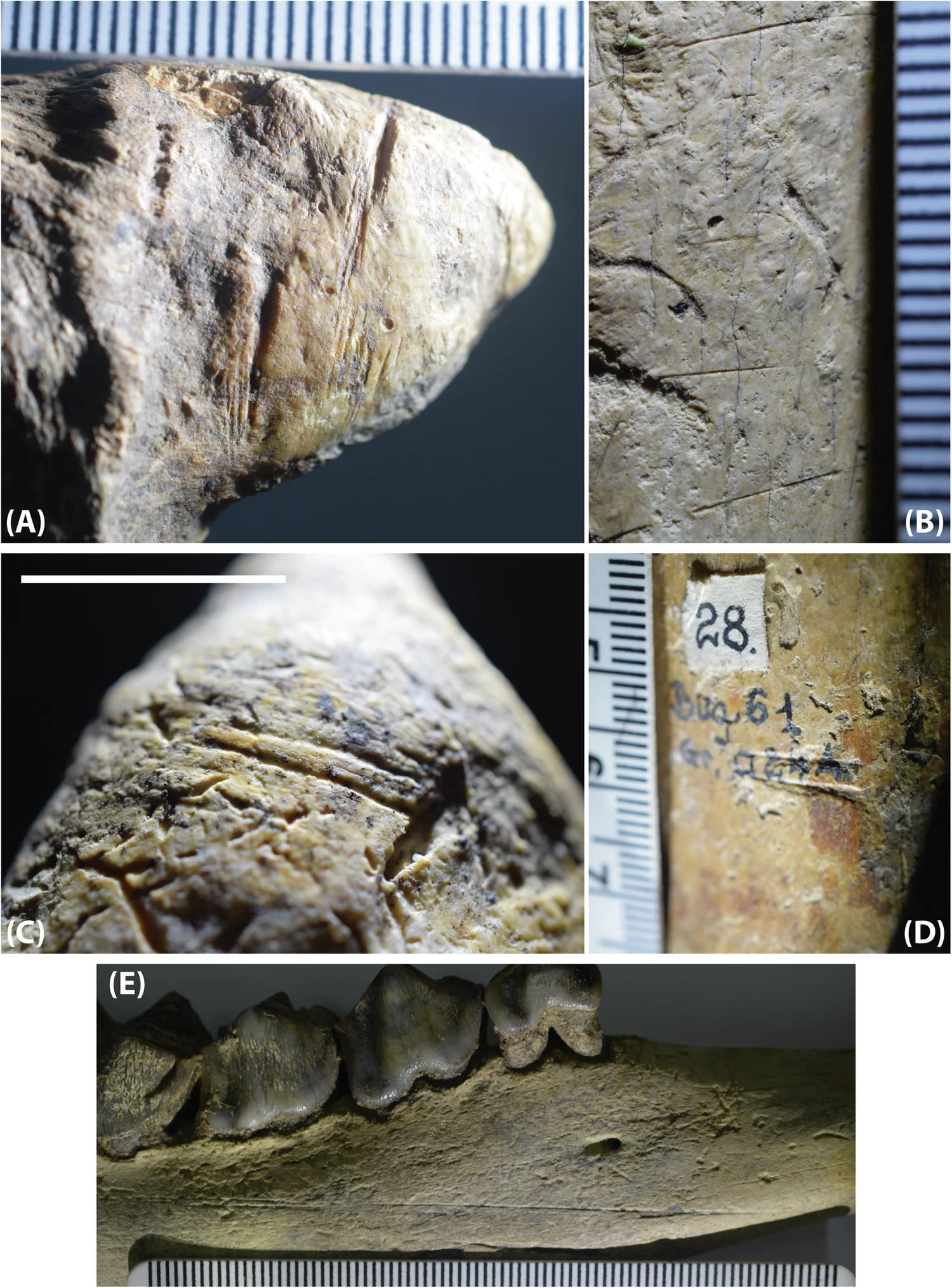Bones from Grăunceanu, Romania have been interpreted as evidence early humans made it to Europe 1.95 million years ago, long before other accepted examples. However, the find is not a clear-cut case, and may face considerable dispute. The bones are not from our relatives themselves, but from potential prey that appear to have been cut with stone tools unique to hominins.
ADVERTISEMENT GO AD FREE
The question of when our own species, Homo sapiens, left Africa and reached various other locations is among the mostly hotly contested in palaeontology. That somewhat overshadows debate about the previous expansion by members of the genus Homo, particularly Homo erectus, known to have reached distant parts of Asia long before. Yet this was our family, adapted to similar conditions to us.
Arguably the oldest evidence for our genus in Europe comes from Dmanisi, Georgia around 1.8 million years ago. There is little doubt hominins were there at that time – the site includes their bones and teeth, tools, and evidence of their impact on other species. Not everyone considers the site part of Europe, however, a matter so politically contentious it’s among the reasons people are risking their lives right now.
Similarly compelling evidence hasn’t been reported from locations universally regarded as European until around 1.4 million years ago, suggesting the Black Sea and lands north may have been a barrier for 400,000 years.
If the claims made for the Grăunceanu finds are correct, there’d be no need to debate Europe’s borders, as the bones suspected of being cut are at least 1.95 million years old, based on uranium-lead dating.
Nevertheless, a claim like this is likely to face considerable skepticism. If hominins made the hard journey to Europe from Africa via Asia, and then got inland as far as Romania’s Oltet Valley, it would seem likely they would have spread. It’s a bit of a family trait. So why then has no evidence been found for such a subsequent presence for hundreds of thousands of years? The fossil record is always patchy, but if these hominins were even a fraction as long-lasting and as widespread as Neanderthals more than a million years later, their legacy should be easy to spot.
Moreover, marks on mastodon bones claimed in 2017 to provide evidence for hominins in North America 130,000 years ago were found to have many more plausible explanations. The Grăunceanu bones will face similar scrutiny.
ADVERTISEMENT GO AD FREE
What is not in dispute is that Grăunceanu is a remarkable site. Almost 5,000 specimens representing at least 31 species have been found there over a period lasting from 2.2 to 1.3 million years ago. A team led by Dr Sabrina Curran of Ohio University claim 20 of these show probable cut-marks, indicative of tools being used to butcher a carcass. Most have been degraded, so only eight are described as “high-confidence cut marks”. Far more carry marks attributed to teeth, trampling or other sources of damage.

Cutmarks on these bones appear to have been made by stone tools, despite being half a million years older than other evidence of humans in Europe.
Seven of the eight bones most in question are from artiodactyls, the order that includes pigs and deer, showing humanity’s fondness for bacon is ancient indeed.
However, the exceptional length of time over which fossils have been accumulating at Grăunceanu creates another problem for these claims. All the high-confidence bones have dates that coincide within the tests’ margin for error, with no signs of a presence more recently than 1.8 million years ago. The absence of evidence for their subsequence presence can’t be blamed on an inadequate fossil record alone.
On the other hand, the authors acknowledge that several 1.5-1.0 million-year-old sites in Europe have much more unambiguous hominin evidence, including stone tools, clear hominin fossils and a much larger number of butchered bones.
ADVERTISEMENT GO AD FREE
If tool-wielding members of our genus did occupy Grăunceanu almost 2 million years ago, they don’t seem to have done it for long or in great numbers. Most likely they were only there during a warm interglacial period.
Some support for the presence of hominins at Grăunceanu comes from the decades-old discovery of stone tools at the nearby Dealul Mijlociu site. However, the age of these tools remains disputed.
The study is published open access in Nature Communications.
[H/T: Phys.org]
Source Link: Earliest Evidence Of Human Relatives In Europe Pushed Back 500,000 Years